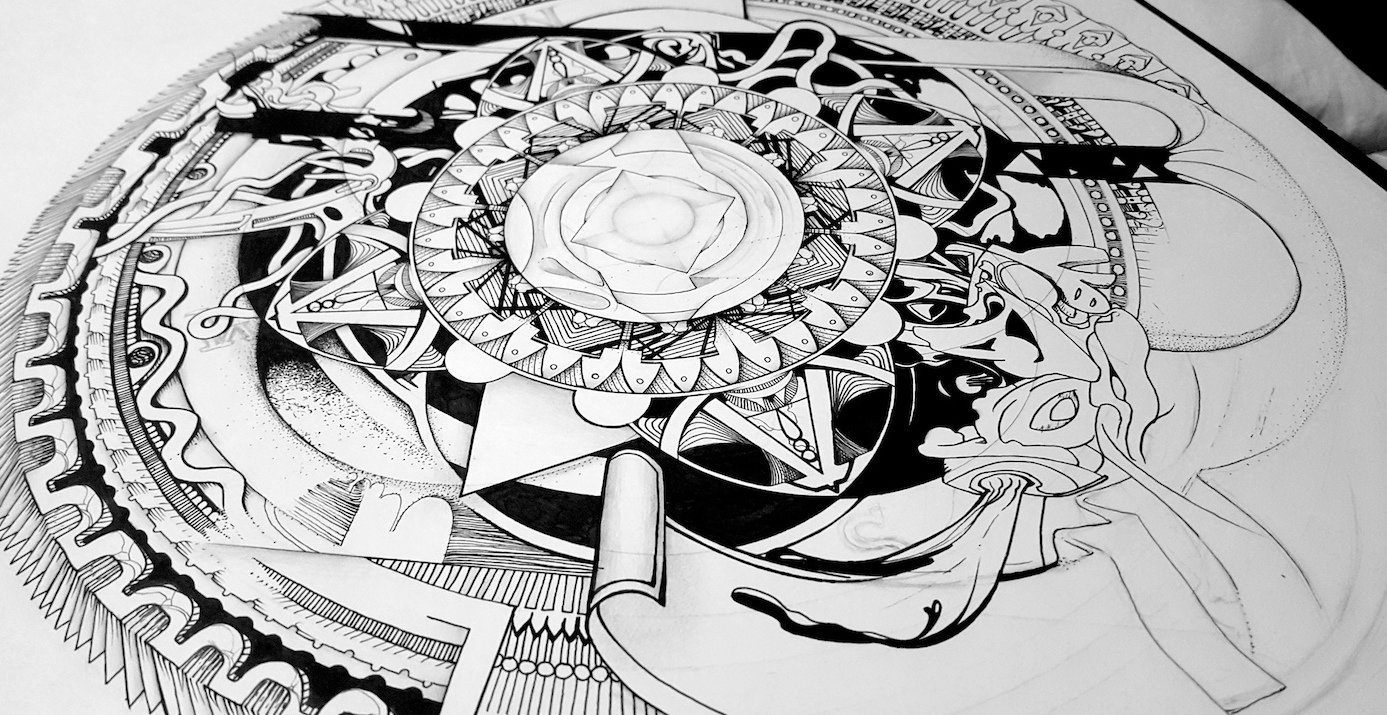“Show the readers everything, tell them nothing.” – Ernest Hemingway “In my view, nothing’s ever given away. I believe to advance that you must pay.” – Young Fathers

Imagine you are a teacher smitten with Carol Dweck’s idea that human thinking patterns can be put into two distinct categories when it comes to growth: fixed mindset and growth mindset. The first sees abilities as fixed, inborn; the second believes that their abilities can be cultivated. One of the central themes Dweck uses to distinguish the two perceptual frameworks is how we deal with failure. You want the students to get it in their nerves that failure is not just something they had best learn to accept: it is inevitable, necessary. You want to instill a growth mindset, to move people toward their potential rather than hold them in their helplessness, but you can feel the difficulty in making the case convincing. Likely, no great inner revolutions will be caused simply by telling students about the concepts. “Clarity, clarity, surely clarity is the most beautiful thing in the world,” George Oppen wrote. Perhaps a supremely clear conceptualization could inspire the consciousness necessary to initiate a blossoming of awareness; but then a few students will be daydreaming, a few others will be absent, and if you only tell them, only once, you will have already lost some of them. More likely, it will not be sufficient for transformation to rely solely on verbal communication. In fact, students are very sophisticated and actively engaged in posture detection. It is too easy to read the right books and too cheap to repeat what they say. Students want a teacher, not an actor, and a real teacher is one who actually houses the knowledge being imparted.
To show, the teacher must construct means to knowledge and transformation that have built into them the ideas they wish to impart. As an example, to show the concept of growth mindset, we could design a project based on the idea of biomimicry. If the idea of a helicopter’s mechanism for flight, its blades, can be seen as derivative of a maple seed, which by its subtle construction guarantees flight, a humbler, less overblown idea of human achievement could be adopted. Since the fixed mindset is founded on a common misunderstanding about how talent occurs in people (they just are that way), then exposure to examples of biomimicry could counter the false belief. In the same way that spectacular human inventions seem made by an elite of geniuses, each in a league of their own, the fixed mindset comes from the misbegotten notion that a given talent is a natural, prepossessed characteristic of the one exemplifying it (i.e. in a league of their own). The Oxford dictionary states that to “invent” is to “create or design (something that has not existed before); be the originator of.” We have the idea that inventors do their work “out of thin air.” Biomimicry challenges that definition. It suggests that many human inventions correspond to models in nature. If we wish to acquire or develop a talent, as students we need to exercise a similar challenge to the elitism that suggests we do not have what it takes. Such talents have doubtless been cultivated with long hours of practice by people who may now appear as gods, be treated as gods, and even live like gods, but they are, in the end, only people.
Below is the Young Fathers’ music video for “In My View” that came out this week (their much awaited album, Cocoa Sugar, due for release March 9). Filled with penetrative gazes, flashy costumes, mysterious conversations, and emotional upheavals, the viewer struggles to discern a unifying narrative. Then, at the 2:20 minute mark, the narrative comes together with a couple of words. Upaya in fine dress.


